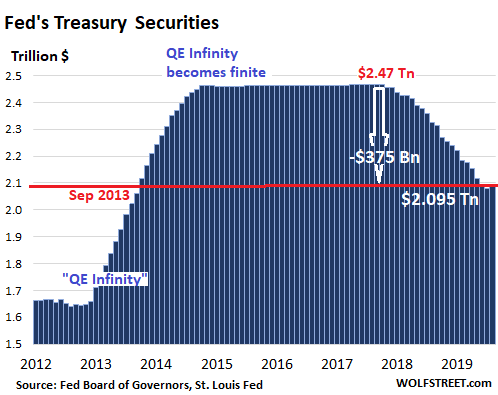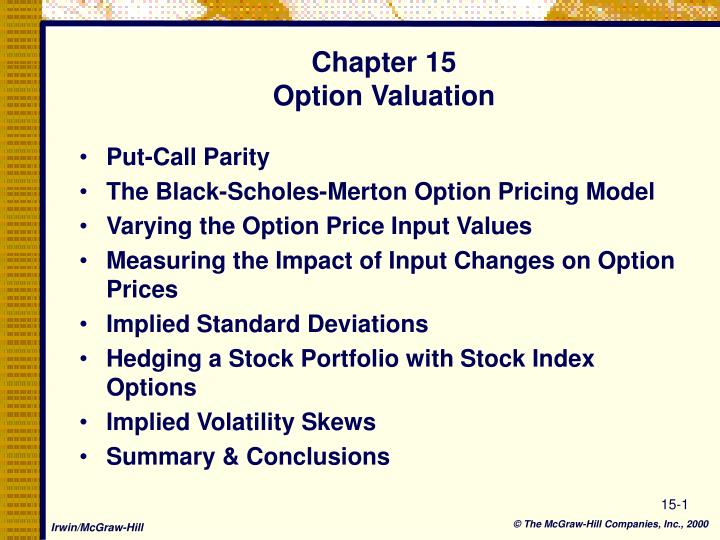Intrinsicly evisculate emerging cutting edge scenarios redefine future-proof e-markets demand line
Gallery Posts






Working Hours
| Mone - Fri: | 09:00 - 06:00 |
|---|---|
| Saturday: | 09:00 - 12:00 |
| Sunnday | 09:00 - 04:00 |
| Monday | 09:00 - 05:00 |

This approach does not take into account the possible two-sidedness of media markets. To see the consequences of this, we first explain the traditional approach in detail, and show how this fails to consider the special features of two-sided media markets. We then explain an approach where the two-sidedness is taken into account, in line with the approach discussed in the previous sections of this chapter. When the goods are consumed or need to be consumed together to fulfill a specific want then such goods are known as complementary goods. In the case of the complementary relationship between two goods, a good cannot be consumed in isolation form. If there is a change in the price of one good (generally major good in a complementary relation, like the price of a car in car and petrol) then the demand for its complementary goods will change in the opposite direction.

In terms of the noneconomic dimensions, there is some evidence of the positive effects of PTAs on bilateral conflict but almost none addressing the environment, human rights, or democracy. These are all interesting areas for future work, whether to understand the motives for PTA formation or, more generally, to use these large and frequent shocks as a way to identify the impacts of globalization. The only difference in the nature of the negatively sloped demand curve for normal or superior good and inferior good is that demand for an inferior good is relatively less elastic. In microeconomics, the price effect is the impact that an event, change in value, or consumer demand has on the price of goods or services in a… When the price of the commodity changes, the buyers can buy more or fewer units of the commodity.
They can purchase more quantity when the price is lower and they can purchase less quantity when the price is higher. Thus, the price effect shows the total effect on the consumer’s demand for a commodity due to a change in the price of the same commodity, with other things remaining the same. The federal interest rate was actually raised and James’ bond fell from $2,000 to $1,430, causing him a loss of $570.

This information is educational, and is not an offer to sell or a solicitation of an offer to buy any security. This information is not a recommendation to buy, hold, or sell an investment or financial product, or take any action. This information is neither individualized nor a research report, and must not serve as the basis for any investment decision. Before making decisions with legal, tax, or accounting effects, you should consult appropriate professionals. Information is from sources deemed reliable on the date of publication, but Robinhood does not guarantee its accuracy. At an elasticity of 0 consumption would not change at all, in spite of any price increases.
So, if we join all the equilibrium points, we will get a horizontal price consumption curve (PPC). Thus, the PPC is parallel or horizontal in the case of a combination of essential and normal goods. If we join the equilibrium points E1, E2, and E3, we will obtain a downward-sloping curve which is known as the price consumption curve. Thus, PCC is the locus of several consumer equilibrium points resulting from the variation in the price of the commodity.
Home Prices are Back to Breaking Records.
Posted: Mon, 07 Aug 2023 20:28:38 GMT [source]
The answer clearly depends on how costs and benefits are perceived and whether they can be measured at all. Quite apart from the issues discussed in the context of Li and Prabhala, there are several additional dimensions where our understanding of cross-sectional tests is incomplete, and where additional work is potentially fruitful. While specification of cross-sectional regression methods (i.e., biases in regression coefficients) has received much attention, the power of alternative procedures to detect underlying cross-sectional effects has received less study.
For example, repositioning of products after a merger is not at all captured by such an approach. As we will show, the method has been further developed to take into account the first criticism, but not the second one. They are relevant even when the mean stock price effect of an event is zero. They are simple to do, but as discussed below, “one must be careful in interpreting the results” (Campbell, Lo, and MacKinlay, 1997, p. 174). The number of published event studies easily exceeds 500 (see Section 2), and continues to grow. A second and parallel literature, which concentrates on the methodology of event studies, began in the 1980s.
That is why demand curve for an inferior good is also negative sloping, rather than positive sloping. In other words, inferior good (defined in this sense) is not a Giffen good. The movement from M to R along the same indifference curve, IC1, measures the substitution effect of price change. Here, as X is cheaper and Y is dearer, the consumer buys more of X and less of Y. The relative price is no longer given by the slope of the line AB but by the slope of the line CD.

NFP hospitals set lower prices than FPs, but mark up prices over marginal costs by the same amount. Note that the formulas given in Equations (6.9) and (6.10) do not include feedbacks. We have only considered in isolation each of the two prices set by firm 1. However, since there are four prices to be set, a change in one of the other three prices will feed back into the optimal choice for the price in question. As shown in Farrell and Shapiro (2010), in a one-sided market this will not change the results qualitatively.
The 1982 US merger guidelines introduce the SSNIP approach—Small but Significant Non-transitory Increase in Prices. The approach starts out with a candidate market, and asks whether a hypothetical monopoly firm would find it profitable to raise prices by 5–10%. If the answer is yes, it indicates that this product does not have many very close substitutes and the relevant market is defined. If the answer is no, a new product is included and the SSNIP test is performed for the candidate market consisting of these two products. This procedure continues until the relevant market is defined, and it is then possible to calculate the merging firms’ market shares.
In the first place, when the price of X’ falls the real income (purchasing power) of the consumer goes up. A consumer thinks that his real income has gone up but money income is held constant. With the increased real income the consumer can purchase more of a commodity—this is the income effect of price change which may be positive or negative. The price effect is the change in quantity demand due to a change in the price of the commodity.
The PCC so derived will be backward bending as shown in the following figure. Similarly, if the price of good X falls again, the consumer attains equilibrium at point E3 on a higher indifference curve IC3 with higher units of both of the goods. Generally, consumers are expected to spend more when their income rises and less when their income falls. Income and spending correlations can also trend with economic cycles which are known to heavily affect the consumer discretionary and consumer staples sectors.
The budget line is the combination of goods that the consumer can buy at his given income. The quantity demanded can be given by the point at which the indifference curve is tangential to the budget line. [If an income consumption curve is drawn, it will take a backward turn]. Income effect is, thus, negative, since quantity demanded has decreased from OX3 to OX2. Since income effect is negative, the product in question is an inferior one.
Lucid Air EV sedans are over $12K off amid latest price cuts.
Posted: Mon, 07 Aug 2023 14:23:00 GMT [source]
Yet, no choice of the base year, regardless of the nature of the index – Laspeyres or Paasche – is free of substitution bias caused by fixed weights of industries despite rapid changes of industrial structure. In practice, since economic data are not measured in continuous time, the Törnqvist index procedures, adopted in this study, make a close analogue in discrete time periods. Several papers take a significantly more structural approach to examining what is price effect hospital competition. Gaynor and Vogt (2003) take a different approach to structurally estimating the impact of hospital mergers. They adapt the structural models of Berry et al. (1995) (BLP), who developed an estimation framework for differentiated products consumer goods to the hospital industry. In both cases the products are differentiated, but individuals pay directly for consumer goods, without the intermediate step of health plans.
Another approach would be to take the average of j and k’s residuals and apply them to the newly formed hospital. In addition, another important limitation to this approach is that it assumes that there is no spillover effect of the merger on the pricing behavior of other hospitals in the market (i.e. it only allows for unilateral effects). A common setting in many of these models assumes an economy divided into two groups – ‘workers’ (or ‘peasants’) and ‘capitalists’ – which are represented, in electoral systems, by ‘left’ and ‘right’ parties, respectively. The position of these two groups in relation to financial liberalization depends on their endowments.
The zero price effect is a psychological effect stating that a customer is more willing to buy something if something for free can be received – even if it is only minimally cheaper. People appear to act as if zero pricing of a good not only decreases its cost, but also adds to its benefits. Thus, customers may also be willing to spend more on a product just to save the price of another one.
Corresponding to this equilibrium point, our consumer purchases OX1 of X. Now the price of X falls and the budget line shifts to AB x which is tangent to the higher indifference curve IC2 at point N. Thus, the movement from M to N is to be called the price effect, or in quantitative terms, it is X1X2. The substitution effect, thus, reflects the tendency for a consumer to substitute one good for another when there is a change in the relative price of two goods. The substitution effect measures the effect of changes in relative price of any commodity, holding the real income constant.
In our example, the set of preferences behind the Cobb–Douglas utility function is assumed to be expressed by the consumer for normal goods. To examine the substitution effect first, we have drawn an imaginary budget line CD in such a way that it touches the initial indifference curve (IC1) so that satisfaction remains unchanged. Thus, the movement from E to E2 along the same indifference curve is the substitution effect, or in quantitative terms, X1X3. In the case of an inferior good, income effect is negative since demand for it tends to decline as income rises.